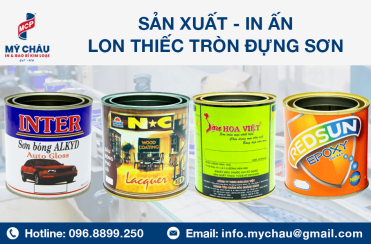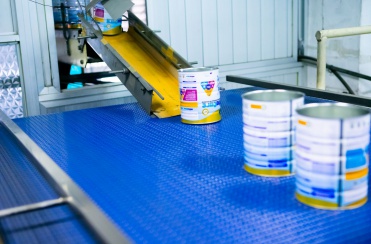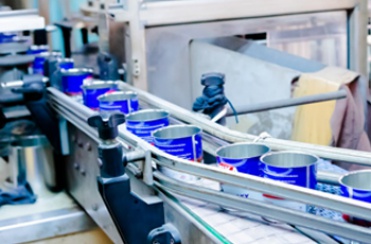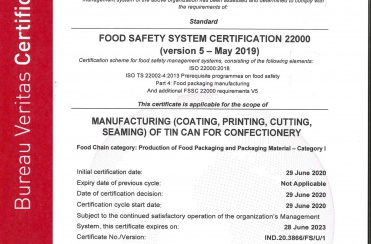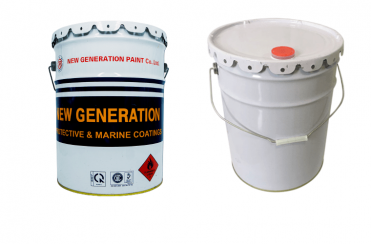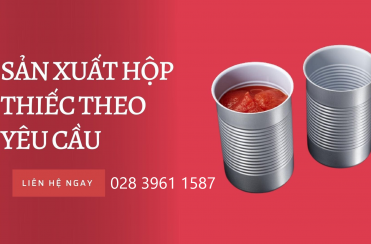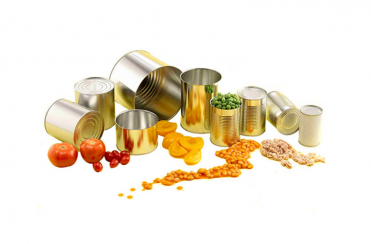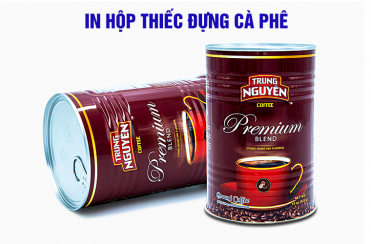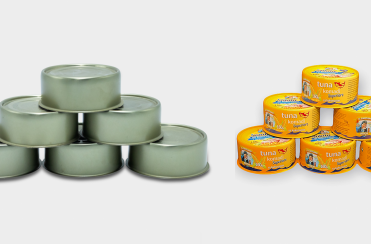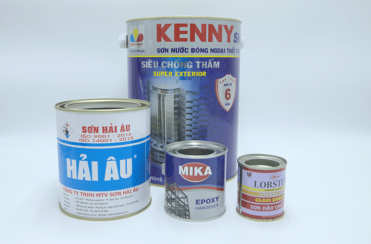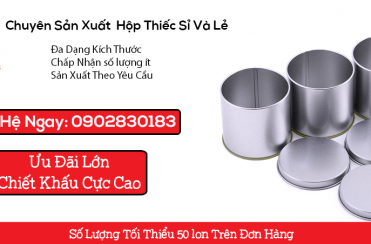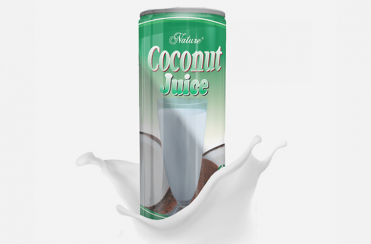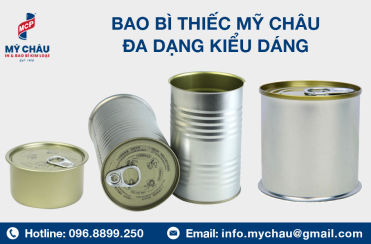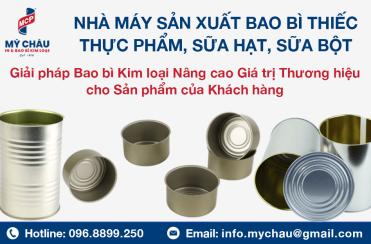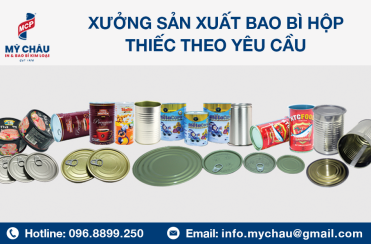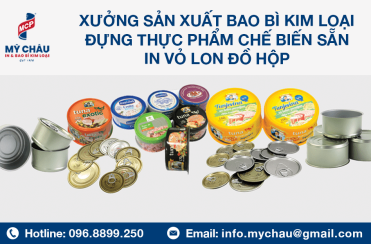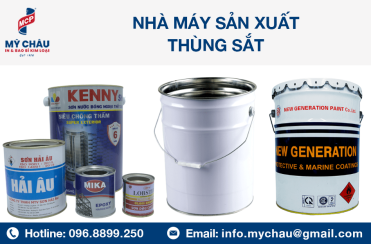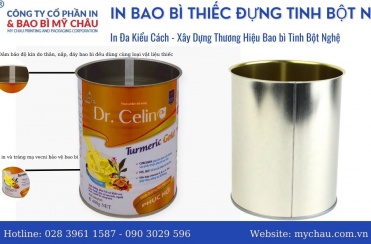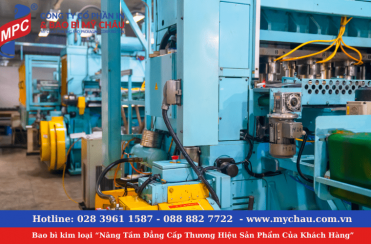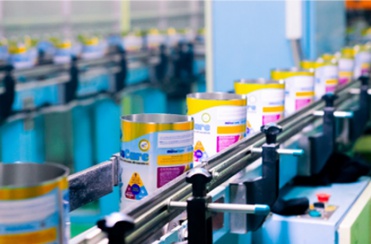"Cans" is divided into aluminum cans and tin cans. Tin cans are made from tin-plated iron sheets, and "tinless steel" plates, without the use of tin. Iron corrosion can be prevented by plating and tin treatment, and a clean print can be applied to the surface.
The production of steel cans Tin crates are heavier than cartons made of paper or plastic, but they are extremely durable
Tin cans are commonly used to store food
Tin cans for tea, coffee, sweets, seeds, paints, oils and beverage cans are very diverse.
Color, shape, pattern, texture and utility Designs can come in many varieties.
Canned food at the supermarket, cans of paint and oils at the home centre, powdered milk and sprays at the drug store, boxes of sweets found on the street, boxes of crayons at the stationery store, boxes of cakes and High end tea lined up in the department store. So we see some box steel products every day
The benefits of tin cans
Steel plate is impervious to water, light and air. Moreover, it does not break or scatter even when dropped.
The steel cans are time capsules that protect the important contents. Not only time has passed, hot weather is not a problem. It is written that medicine received from the hospital should be stored in cans with lids because of the long shelf life of steel.
Prevents contents from getting wet, prevents UV damage and prevents oxidation damage. In addition to the beautiful print on the surface, when you open the can, you can enjoy the taste, color, shape and aroma as if it was packed with all your heart.
A vintage can helps you recall the contents at a glance. A can that has been at home for a long time and is always visible. A can with a photo. A can that can be placed on a desk and used as a pen holder. I like the design and bought it at the amusement park. I can buy while traveling. A can given by a relative.
Steel cans are always there with human thought.
Characteristics of tin cans ~ Anything, many times ~
Recycle after use. About 90% of steel cans are recycled.
Cans collected as "resource waste" are first separated from aluminum by magnets at a recycling plant. When it is smelted at a steel mill, it is completely separated from aluminum due to differences in specific gravity, and it is then recycled into products that use iron according to the individual manufacturer. It can be used for cars, rails, home appliances, reinforcing bars and of course steel cans. Anything, any number of times. In particular, iron can be regenerated with about 1/8 the energy of aluminum, suitable for the era of electricity saving and recycling.

